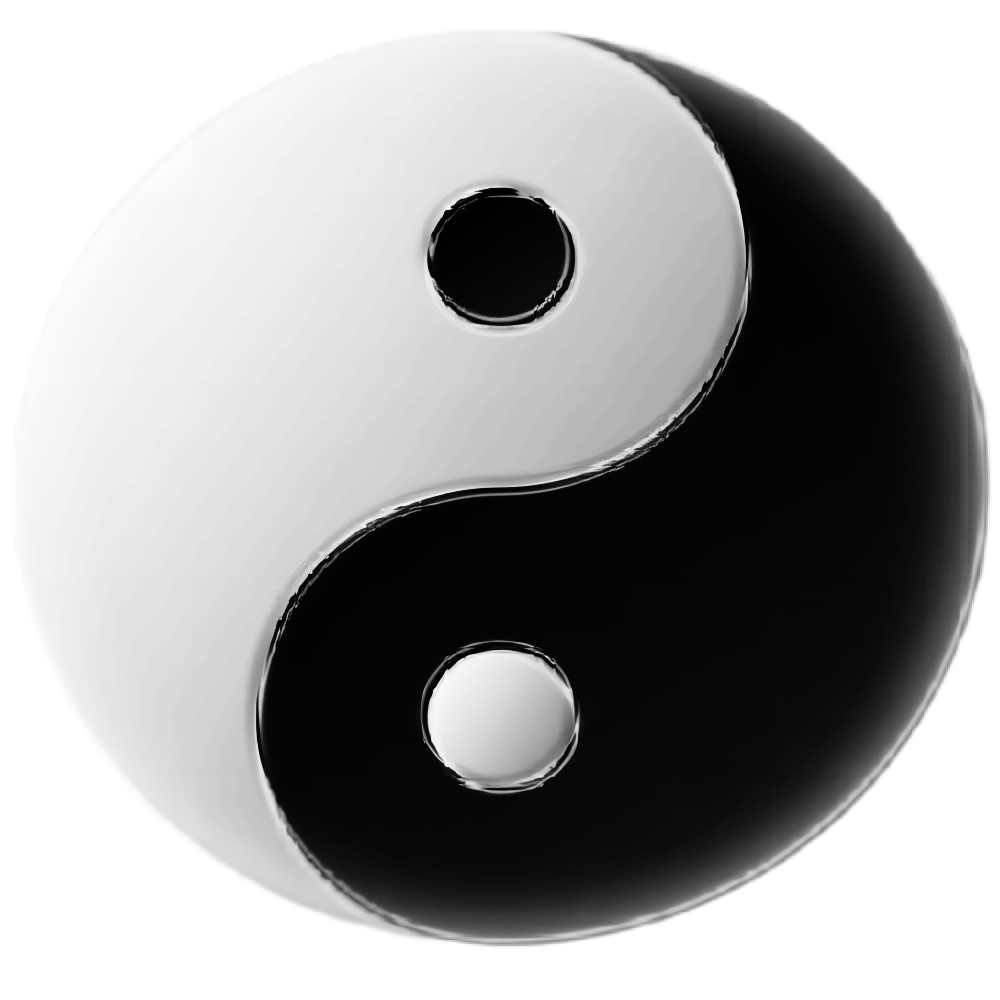Introduction to Feng Shui of architectural decoration
All the buildings around us are high and low. Do you know what feng shui knowledge about architectural decoration is? Let’s take a look at the following articles
architectural decoration Feng Shui
what is architectural Feng Shui
Architectural Feng Shui is a study of buildings ” Feng Shui ” ; A discipline. The so-called ” Feng Shui ” ; It is about observing heaven and observing the earth. It is an ancient door about ” Angry ” ; Number of operations. In spring and autumn of Lu family, it is mentioned: ” Angry Fang Sheng, Yang vent” ; Vitality is the Qi of the growth and development of all things and an element that can radiate vitality
The definition of Guo Pu in the book of Jin Dynasty is “buried in the wind and water”; Buried with anger. When the wind blows, the air dissipates and the boundary water stops. The ancients gathered together to make it not scattered, and there was a stop to make it, so it was called Feng Shui” ; For the word Feng Shui, Ci Hai is defined as: ” Feng Shui, also known as Kanyu. A superstition in old China. It is believed that the wind direction and water flow around the residential base or cemetery can lead to the misfortunes and blessings of the family living or buried. It also refers to the method of Xiangzhai and Xiangmu” ;
in recent years, many scholars have; Feng Shui ” ; The definition of Feng Shui holds different opinions, mainly focusing on whether Feng Shui is equal to superstition. Yin Hongji wrote in the first issue of research on the history of Natural Science in 1989: ” Feng Shui is a landscape evaluation system to find the auspicious location of buildings. It is the art of geographical location and layout in ancient China. It can not be simply called superstition or science according to the western concept” ; Professor Pan Gusi pointed out in the preface of Feng Shui exploration: ” The core content of Feng Shui is a kind of knowledge that people choose and deal with the living environment. Its scope includes houses, palaces, temples, tombs, villages and cities. Among them, those involving tombs are called Yin houses, and those involving houses are called Yang houses ” ;. Recently, Taiwan scholars have proposed: ” Feng Shui is the relationship between the earth’s magnetic field and mankind
when talking about Feng Shui circles, we should not only fully understand and absorb the latest achievements of academic circles, but also adhere to the attitude of seeking truth from facts. Geomantic omen is a traditional cultural phenomenon, a widely spread folk custom, a number of techniques to choose good luck and avoid bad luck, a knowledge about environment and people, and a theory of theory and practice system about Yin House and Yang house. It is the accumulation of people’s long-term practical experience. From the perspective of modern scientific theory, Feng Shui is a comprehensive science integrating geophysics, hydrogeology, environmental landscape, ecological architecture, cosmic astrology, geomagnetic field orientation, meteorology and Human Informatics
Feng Shui and architecture
mountains, water, wind and sunshine are important factors in architectural planning. From the perspective of Feng Shui, water can gather gas, mountains can increase momentum, air flows into the wind, and sunlight affects the earth’s climate. It can be seen that urban architectural planning is closely related to Feng Shui
garden architecture and yin-yang philosophy
the book of changes mentioned the thought of Yin-Yang Guan and five elements and the philosophy of Confucianism and Taoism. Since ancient times, from politics, religion, art and science to daily diet and daily life, they are closely related to the philosophy of yin and Yang. As a large-scale social activity, architecture is of course related to Feng Shui yin-yang philosophy
Architectural monomer design and Feng Shui
Feng Shui plays a wide reference role in architectural monomer design. Many structures of indoor environment are designed according to feng shui theory. When the external environment remains unchanged, it is also possible to benefit from the recovery of Qi. It is very important to grasp the overall picture of feng shui theory and see the connection and difference between indoor and outdoor Feng Shui principles
the role of architectural Feng Shui in modern society
Architectural Feng Shui is one of the three pillars of ancient Chinese architectural theory. The traditional geomantic omen theory, after being recognized by modern people, has gradually developed into the modern geomantic omen of modern architecture, which is also called space time environmental science. p”gt;
modern architectural Feng Shui involves geophysics, hydrogeology, astronomy, meteorology, environmental science, architecture, ecology, human life informatics, as well as scientific theories integrating aesthetics, ethics, religion, folk customs and other disciplines
Architectural Feng Shui has enjoyed a high position since ancient times. With the progress of the times, architectural Feng Shui has entered a systematic modern stage. Integrating Chinese and Western feng shui knowledge is a beautiful integration of modernity and tradition. It is a unique theoretical system with great connotation. Western scientists highly appreciate Chinese architectural Feng Shui and are also committed to Feng Shui research

